Pancake Compressor
Instruction
manual
The Model and Serial No. plate is located on the main
housing of the tool. Record these numbers in the
spaces below and retain for future reference.
Model No. ______________________________________
Type ___________________________________________
Serial No. _______________________________________
IMPORTANT
Please make certain that the person who is
to use this equipment carefully reads and
understands these instructions before
starting operations.
Part No. A03787-043-0
ESPAÑOL: PÁGINA 19
FRANÇAISE : PAGE 37
To learn more about Porter-Cable
visit our website at:
http://www.porter-cable.com
MODEL
CFFN250N
CFFN250B
CFBN125A
Copyright © 2004 Porter-Cable Corporation
PROFESSIONAL POWER TOOLS
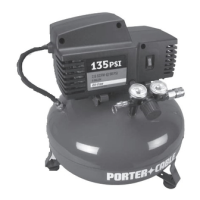



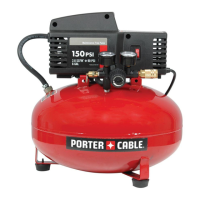

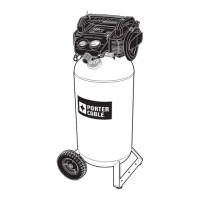
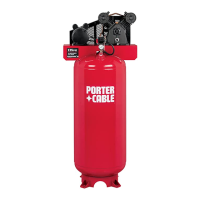

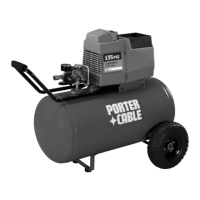
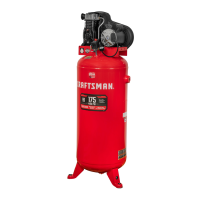
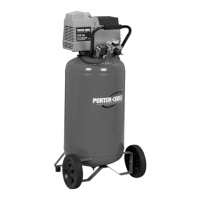
